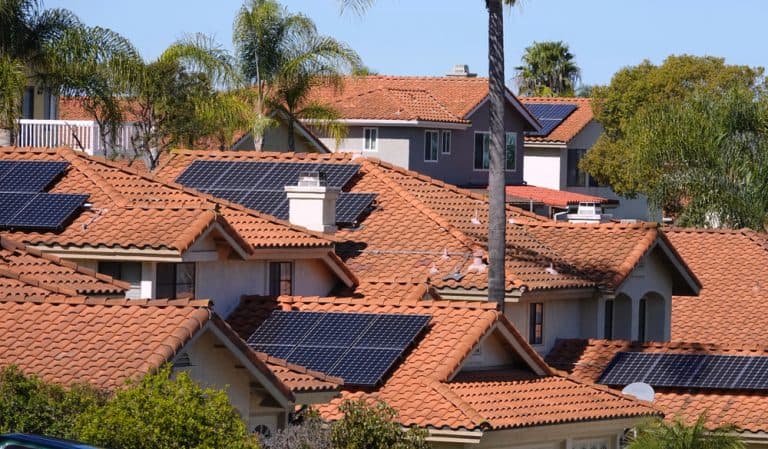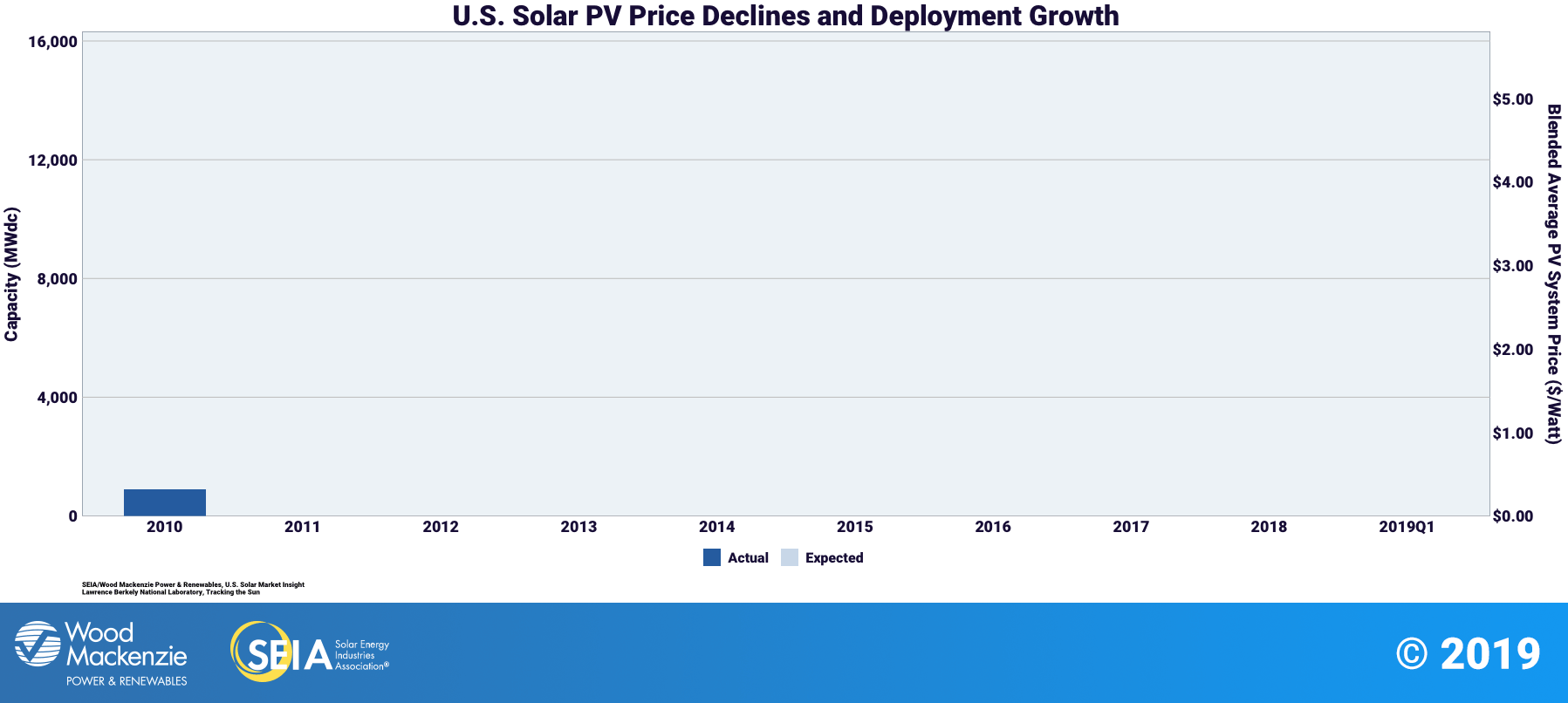ITC Extension and Solar Customers

Without the solar Investment Tax Credit (ITC), interested individuals will miss solar savings.
Not everyone that has an interest in solar can qualify for it. If they don’t own a home, use enough electricity or have high enough credit, it may not be the right time for them to get solar.
In time these individuals would be able to qualify, but they wouldn’t be able to get it right now. Unfortunately, because of the ITC phasedown, solar may not be an option at all for these people.
Federal Solar Tax Credit
The Federal Solar Investment Tax Credit was first introduced in 2005. However, photovoltaics was around long before that.
French inventor, Edmond Becquerel, was the first to generate electricity from light. His discovery, however, wasn’t put into practical use for another 115 years.
16 years after that, this technology became commercially available. It then took another 35 years before this federal tax credit was implemented. Making solar a viable option for both residential and commercial use.
How the Federal Solar Investment Tax Credit Works
Because the solar ITC is a tax credit, the individuals claiming it needs to owe federal taxes for it to work. They also need to own the system the credit is being applied to.
If the individual applying for the tax credit is leasing solar panels, they won’t qualify for the tax credit. Instead, the company or utility that owns the solar panels will receive this credit.
If the individual qualifies for this solar tax credit, they will get a dollar for dollar credit. This, however, isn’t received all at once.
Only the amount owed to the federal government will get credited at one time. If the tax credit is more then what the individual owes in taxes, it will roll over to the next tax year.
Currently, the federal tax credit covers up to 30 percent. This, however, is about to change. Starting in 2020, this tax credit is set to decrease to 26 percent.

Extending the Solar Investment Tax Credit
When the ITC was first implemented solar was too expensive for most to even consider. With the ITC these costs decreased, allowing the solar industry to take off.
The Solar ITC has since had several extensions. At first glance, another extension may seem like a ploy for more government funding. However, the data behind this tax credit suggests otherwise.
Since the ITC was first implemented in 2005, the price of solar has declined. Making it so more individuals and small businesses can invest in solar. However, without the ITC, solar still can’t reach grid parity.

When the solar ITC is gone photovoltaics will no longer be cheaper than fossil fuels. Meaning we still haven’t reached the purpose behind this tax credit. This is why another extension is being proposed.
If implemented, this extension would change section 48 and section 25D of the ITC.
Section 48 and 25D of the ITC
Section 48 of the ITC is the commercial and utility section of this tax credit. While section 25D covers how this tax credit applies to residential installations. If this tax credit extension succeeds, it would extend commercial, utility and residential incentives.
Introducing House and Senate Bills
This extension was first proposed in July of the 116th session of congress. It is too soon to tell if this bill will become law, but there is still time before the ITC decreases.
The house and senate will be back in session the second week in September. At which time there will be 11 weeks that the house and/or the Senate will be in session before the new year.
Those who care about solar and its affordability have a duty to stand up for this incentive.
The Impact of the ITC on Solar Customers
Most don’t realize it, but this tax credit is actually quite impactful. With in the last couple of years, solar prices have had a dramatic decrease.
In combination with the ITC solar has reached grid parity in some states. This has made solar not only the environmental choice but an economical one.
Some install solar because of their love for the planet. However, savings play a larger role for most.
Solar Savings and the Investment Tax Credit
Currently, the ITC covers up to 30 percent of the cost to install a solar array. For many, this is equivalent to thousands of dollars. Which isn’t even including the other factors that go into the ROI of solar.
This incentive plays such a large role, that most solar companies discourage customers that can’t qualify for it from installing solar. This is because, without this credit, solar doesn’t have as large of a financial benefit.
The Risk of Putting off Your Solar Installation
The fact that this incentive is stepping down means that it is vital for those who can get solar to consider it. Without the assurance of an extension, it doesn’t make sense to take the chance of having to pay more.
If the extension comes to fruition, it is great for those that can’t get solar now. However, those who can get it would be foolish to put it off.
If the ITC extension is approved, customers that could have gotten solar before the extension would still be saving less. This is because each year without solar they are paying more to the utility company.
If the ITC isn’t extended, customers that wait to get solar will end up paying more for coal-generated power when they could have had solar. Then on top of that, when they do get solar, it will cost more for the system.



Send a Message
Oops! We could not locate your form.